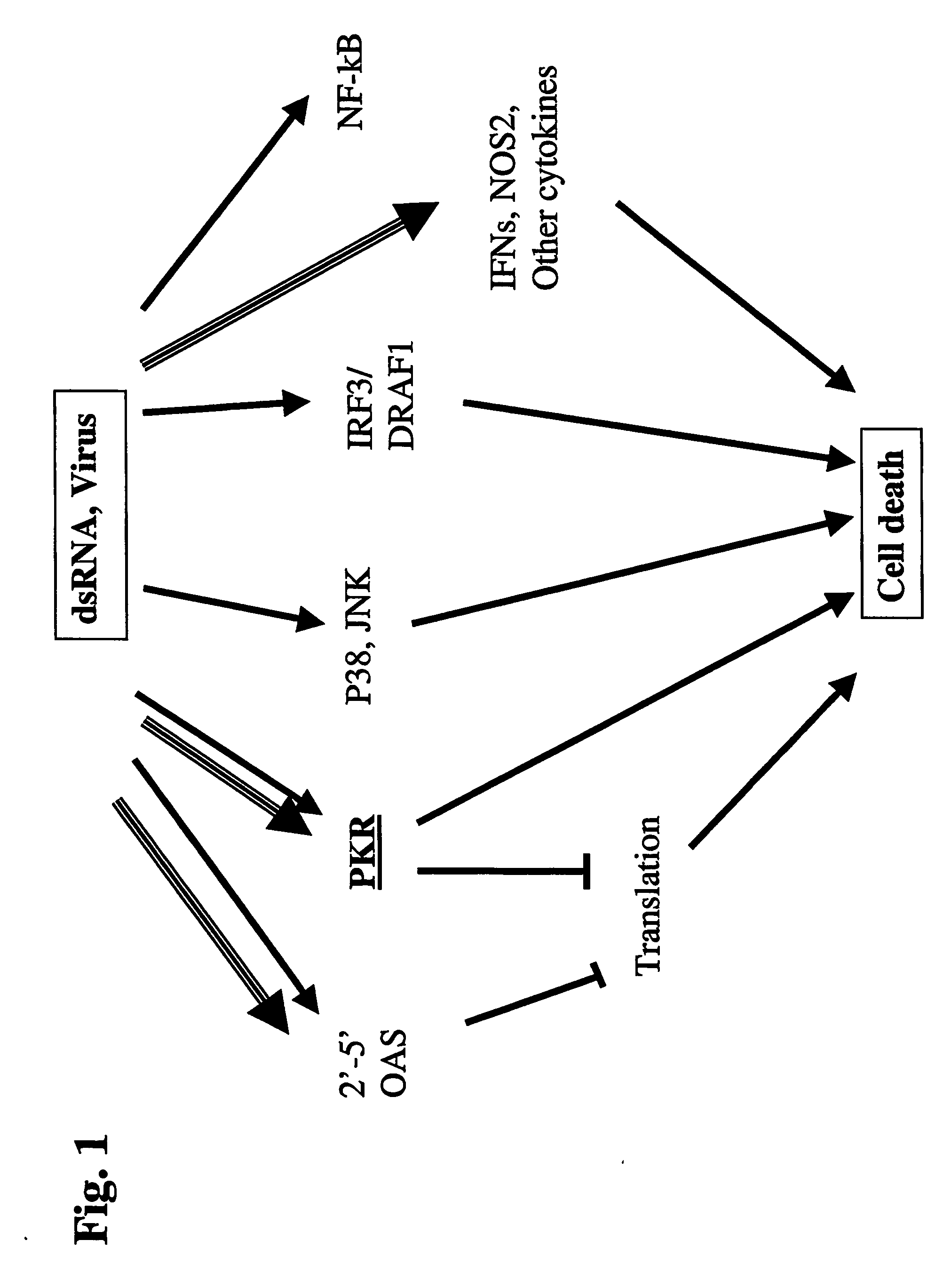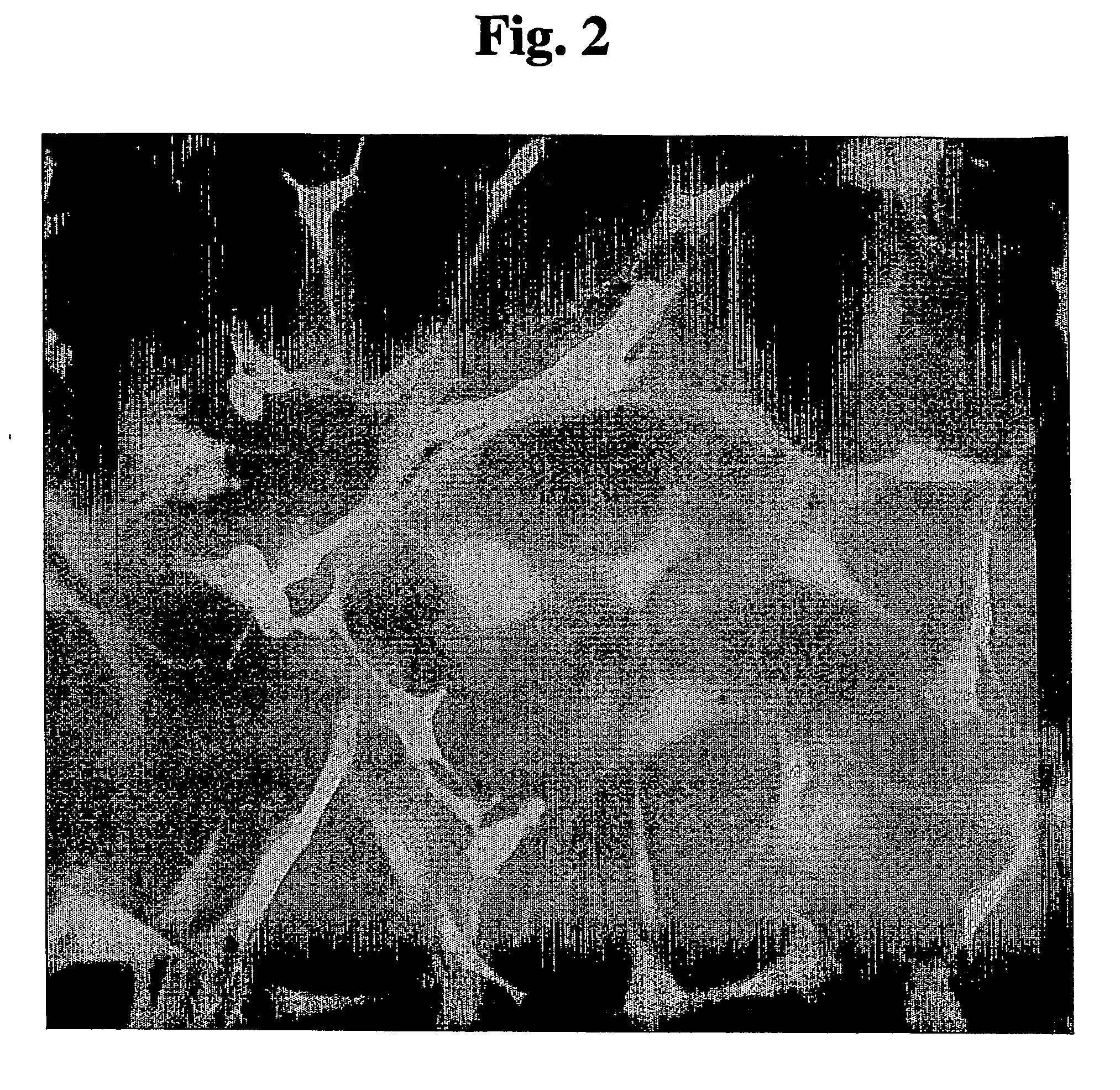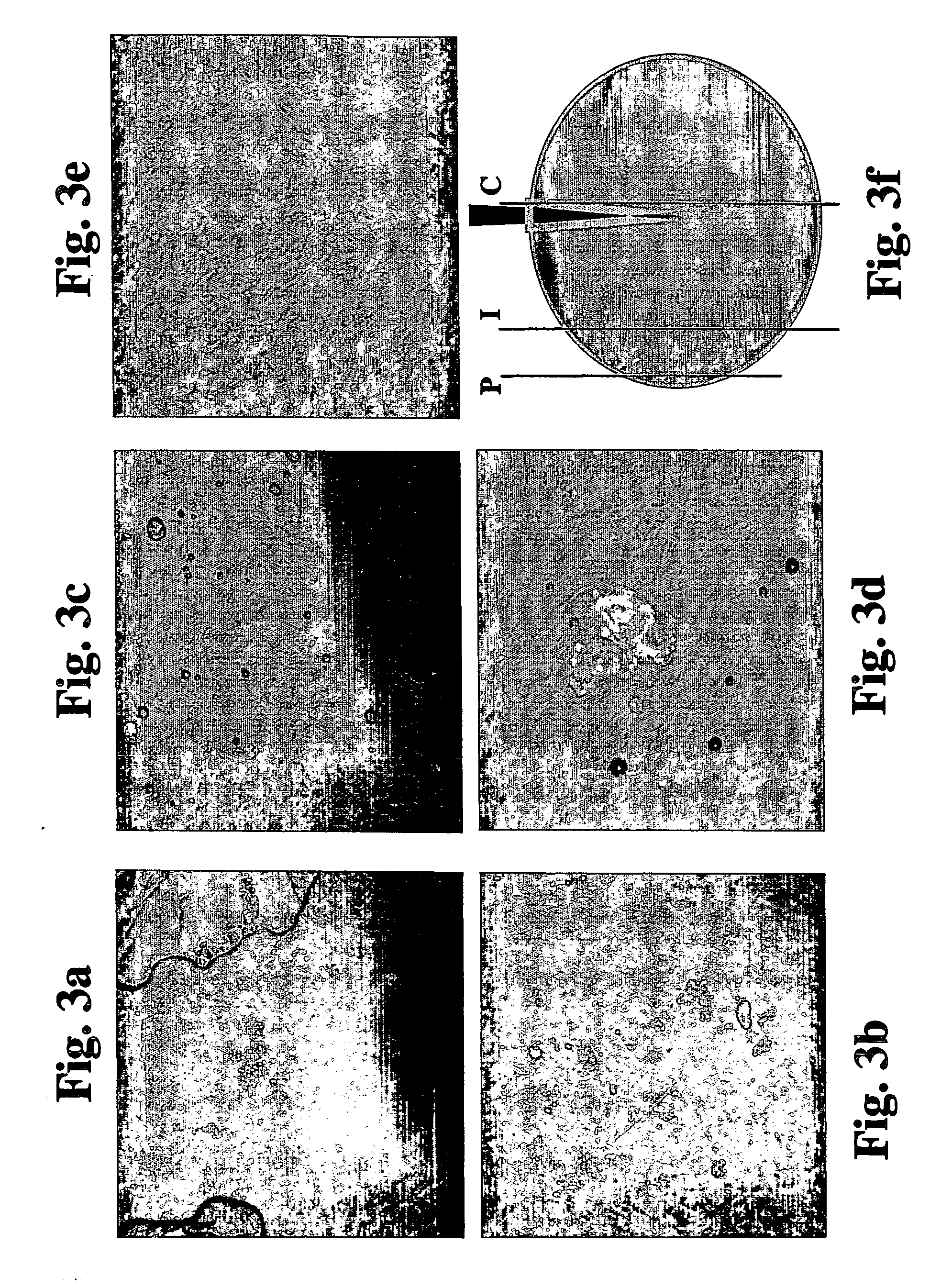Targeted double stranded rna mediated cell killing
a double stranded rna and cell technology, applied in the field of matter, can solve the problems of inability to demonstrate satisfactory efficacy when tested against established tumors, lack of satisfactory treatment options, and inability to yield clinical dividends, etc., to achieve optimal selectivity, rapidity, efficacy
- Summary
- Abstract
- Description
- Claims
- Application Information
AI Technical Summary
Benefits of technology
Problems solved by technology
Method used
Image
Examples
example 1
Optimally Efficient, Rapid and Selective dsRNA-Mediated Killing of Glioblastoma Cells / Tissue
[0253] Background: Diseases characterized by cells / tissue displaying a specific cell surface marker include numerous diseases, such as epidermal growth factor receptor (EGFR) overexpressing glioblastoma multiforme, having tremendous economic and medical repercussions for which no satisfactory treatment is available. An optimal strategy for selectively killing cells / tissue displaying a specific surface marker, such as malignant glioma cells / tissue, would be via dsRNA, an optimally small and cytotoxic compound capable of optimally penetrating highly dense viral vector-impermeable tumor tissue, such as glioblastoma tissue, and inducing apoptosis of tumors cells located deep within. While various prior art approaches have attempted to use dsRNA for selectively killing cells displaying a specific surface marker, all such approaches suffer from various critical disadvantages, including suboptimal ...
PUM
| Property | Measurement | Unit |
|---|---|---|
| volume | aaaaa | aaaaa |
| volume | aaaaa | aaaaa |
| nucleic acid | aaaaa | aaaaa |
Abstract
Description
Claims
Application Information
 Login to View More
Login to View More - R&D
- Intellectual Property
- Life Sciences
- Materials
- Tech Scout
- Unparalleled Data Quality
- Higher Quality Content
- 60% Fewer Hallucinations
Browse by: Latest US Patents, China's latest patents, Technical Efficacy Thesaurus, Application Domain, Technology Topic, Popular Technical Reports.
© 2025 PatSnap. All rights reserved.Legal|Privacy policy|Modern Slavery Act Transparency Statement|Sitemap|About US| Contact US: help@patsnap.com



